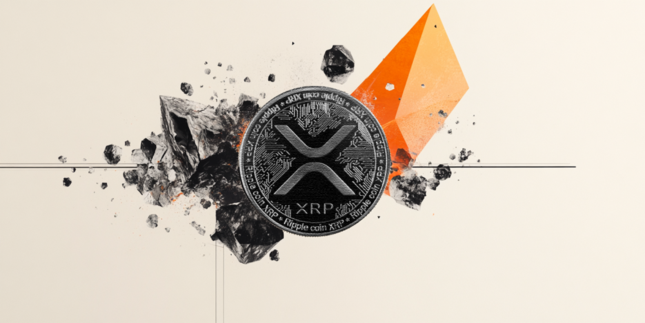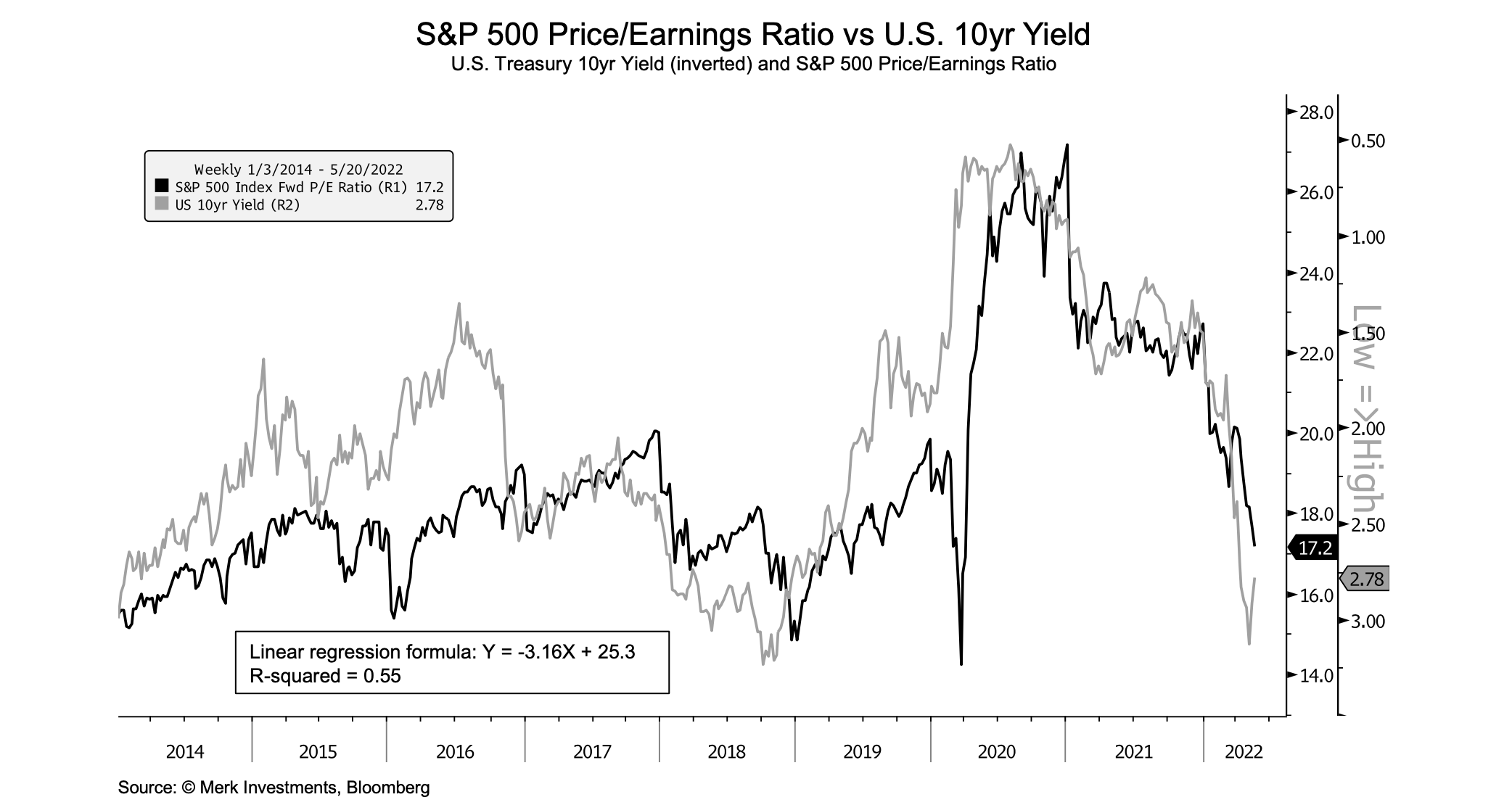While the path of least resistance for the market may still be lower for now, in my assessment the drawdown that started at the beginning of the year is probably well over halfway done.
Market corrections typically have violent “V” shaped bottoms that are impossible to time. To accurately call the bottom on the day would inevitably be a deeply contrarian view. How many people thought March 23rd, 2020 would be the market low? The market rallied 9.4% the next day and never looked back, going on to make new all-time highs. The market rallied 6.4% the day after March 2009 low and 5.0% the day after the December 2018 low. And any new sustained advance that goes on to make new all-time highs will look indistinguishable from a so-called “bear market rally” for some time. As the adage goes, markets don’t bottom on good news. They tend to bottom on poor liquidity and dire sentiment, before any clear improvement in the fears of the day (e.g., inflation, Fed, war, lockdowns).
Though it’s no guarantee of the outcome, I continue to view the most recent all-time high (on Jan 3rd) as historically inconsistent with past major market tops and therefore unlikely to produce a major bear market like that of the early 2000s or 2007-2009 (on the S&P 500).
The US 10yr yield is at or above most fair value estimates, which currently range from 2.4% to 2.9%. And the 10-year real rate (net of inflation expectations) is positive, at around +0.25%, which is within the range of most estimates of the neutral real rate (r*). Therefore, the needed multiple contraction is probably mostly done. Developments in the market over the coming months may be more focused on the earnings outlook. In other words, the market may be driven more by the denominator than the ratio in terms of the price-to-earnings equation.
In my view, the market got ahead of itself through the second half of 2021 and was overdue for a correction. A healthy 10-15% correction probably should have started in the middle of 2021 from around 4300, which would have put the market at around 3700-3800. The market may end up bottoming around there but with a bigger drawdown (20-25%) because of the overshoot late last year.
It seems likely that the S&P 500 drawdown will exceed 20% peak to trough. If so, it might technically be referred to as a ”bear market.” But the 20% decline threshold for defining a bear market is a somewhat arbitrary cutoff point. For example, the Q4 2018 correction was 19.8%. If it had been 20.1% would it be thought of as a bear market?
Behavioral economics suggests that people have an inherent bias towards action–doing something often feels better than doing nothing, and provides the illusion of control. But in reality, doing nothing is often better than doing something. And long-term investors should avoid trying to become short-term traders. As always, everyone needs to put probability and reward-to-risk assessments in the context of their strategy, process, and time horizon.
The Merk Hard Currency Fund is a no-load mutual fund that invests in a basket of hard currencies from countries with strong monetary policies assembled to protect against the depreciation of the U.S. dollar relative to other currencies. The Fund may serve as a valuable diversification component as it seeks to protect against a decline in the dollar while potentially mitigating stock market, credit and interest riskswith the ease of investing in a mutual fund. The Fund may be appropriate for you if you are pursuing a long-term goal with a hard currency component to your portfolio; are willing to tolerate the risks associated with investments in foreign currencies; or are looking for a way to potentially mitigate downside risk in or profit from a secular bear market. For more information on the Fund and to download a prospectus, please visit www.merkfund.com. Investors should consider the investment objectives, risks and charges and expenses of the Merk Hard Currency Fund carefully before investing. This and other information is in the prospectus, a copy of which may be obtained by visiting the Fund's website at www.merkfund.com or calling 866-MERK FUND. Please read the prospectus carefully before you invest. The Fund primarily invests in foreign currencies and as such, changes in currency exchange rates will affect the value of what the Fund owns and the price of the Funds shares. Investing in foreign instruments bears a greater risk than investing in domestic instruments for reasons such as volatility of currency exchange rates and, in some cases, limited geographic focus, political and economic instability, and relatively illiquid markets. The Fund is subject to interest rate risk which is the risk that debt securities in the Funds portfolio will decline in value because of increases in market interest rates. As a non-diversified fund, the Fund will be subject to more investment risk and potential for volatility than a diversified fund because its portfolio may, at times, focus on a limited number of issuers. The Fund may also invest in derivative securities which can be volatile and involve various types and degrees of risk. For a more complete discussion of these and other Fund risks please refer to the Funds prospectus. The views in this article were those of Axel Merk as of the newsletter's publication date and may not reflect his views at any time thereafter. These views and opinions should not be construed as investment advice nor considered as an offer to sell or a solicitation of an offer to buy shares of any securities mentioned herein. Mr. Merk is the founder and president of Merk Investments LLC and is the portfolio manager for the Merk Hard Currency Fund. Foreside Fund Services, LLC, distributor.
Recommended Content
Editors’ Picks

AUD/USD weighed down by China, tariffs
AUD/USD remained on the back foot, slipping back to the area of multi-year lows around 0.5950 on the back of mounting fears surrounding tariffs and their impact on the Chinese economy.

EUR/USD refocuses on 1.1000 amid tariffs jitters
EUR/USD reversed two daily pullbacks in a row an d managed to advance to the boundaries of the 1.1000 barrier on the back of fresh weakness hurting the US Dollar and persistent tariff fears.

Gold erases gains, back to the $2,980 zone
Gold prices now lose extra ground and slip back to the area of daily troughs near $2,980 mark per troy ounce following an unsuccesful attempt to maintain the trade above the critical $3,000 level earlier in the day.

XRP drops 3% as Ripple announces $1.25 billion acquisition of prime brokerage firm Hidden Road
Ripple announced on Tuesday that it is acquiring prime brokerage firm Hidden Road to enhance its institutional offerings and increase the adoption of the RLUSD stablecoin and the XRP Ledger (XRPL).

The Fed is looking at a hefty price level
We are still in thrall to tariffs, the faux-macro “data” driving markets. The WSJ editorial board advised other countries to take their tariffs to zero so that Trump’s “reciprocal” tariffs will have to be zero, too. Cute, but no cigar.

The Best brokers to trade EUR/USD
SPONSORED Discover the top brokers for trading EUR/USD in 2025. Our list features brokers with competitive spreads, fast execution, and powerful platforms. Whether you're a beginner or an expert, find the right partner to navigate the dynamic Forex market.
